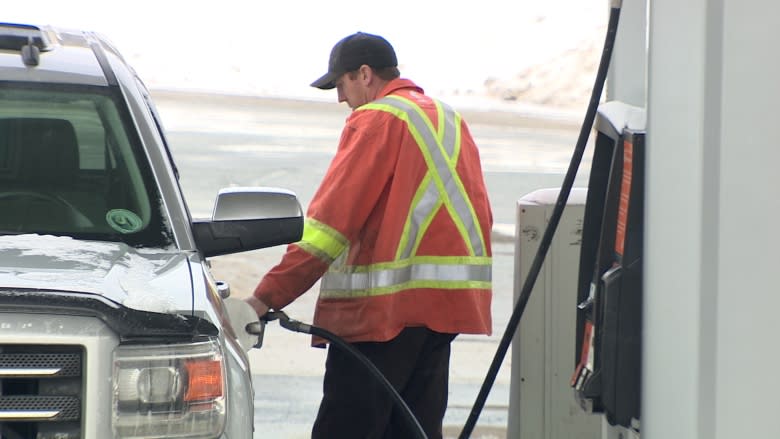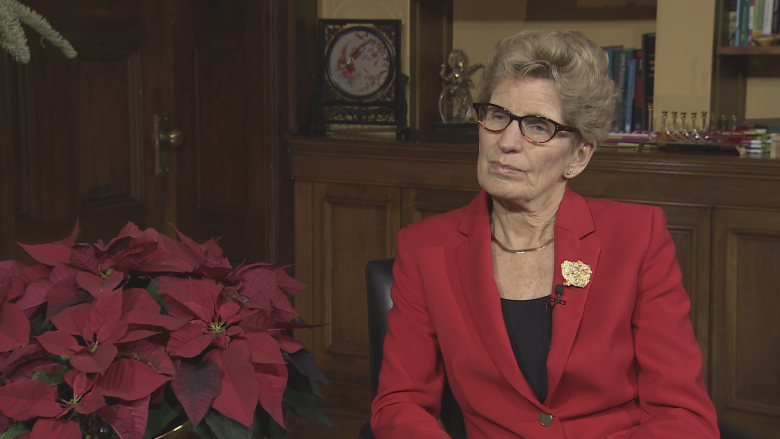Gasoline, home heating costs rise in Ontario on Jan. 1
People across Ontario will be paying more to fill up their cars and heat their homes starting Jan. 1, when the Liberal government's new cap-and-trade plan takes effect.
A study commissioned by the province projects cap-and-trade will drive the price of gasoline up 4.3 cents per litre, and push up costs for people who heat with natural gas or furnace oil by an average of $5 per month.
- Ontario reveals how much cap and trade will cost you
The government projects the total extra costs of the initiative will amount to $156 per year for the average household.
"People don't want to pay more and I get that, but I also know that people want to see results," Premier Kathleen Wynne said in a year-end interview with CBC Toronto.
"There's a lot of support for having clean air and taking pollution out of the air in the province," the premier said. "We need to play our part. Climate change is the single biggest threat that we're facing as the human race."
The Wynne government is going ahead with the cap-and-trade model to reduce carbon dioxide emissions rather than the carbon-tax model favoured by other provinces, like British Columbia and Alberta.
"We've chosen the cheapest, most cost-effective and most efficient system in cap-and-trade," Wynne said. "We made a decision to put a different system in place because it was cheaper for people and also because it will reduce the greenhouse gas emissions more efficiently."
Unlike the carbon-tax model, in which people get rebates or income tax cuts designed to offset the extra costs, Ontario's cap-and-trade plan is not revenue-neutral.
The government projects it will bring in $1.9 billion per year. They promise to spend it all on projects that will further reduce greenhouse gas emissions: for instance, new public transit, incentives for electric vehicles and rebates worth up to $2,000 per household for improving a home's energy efficiency, such as installing a new furnace, windows or insulation.
"My hope is that as people see some costs ... people will also see offsets," said Wynne. "As the cap-and-trade revenue comes in, they'll see reinvestment."
What you won't see is the cap-and-trade cost broken down as a separate line item on your natural gas bill, as the government has declined to make that a policy.
The province made its projections of the impact on the price of gas and home heating as part of its 2016 budget, and characterized it as $13 a month for the average household.
"It's not a lot," Environment Minister Glen Murray said earlier this month.
Electricity prices are not projected to rise, as Ontario's power generators — predominantly nuclear, hydro and wind — do not create greenhouse gas emissions.
Using the cap-and-trade system, Ontario is aiming to reduce its greenhouse gas emissions from 1990 levels as follows:
- 15 per cent cut by 2020
- 37 per cent by 2030
- 80 per cent by 2050
The province's environmental commissioner, however, is questioning whether the province will actually hit its 2020 target.



